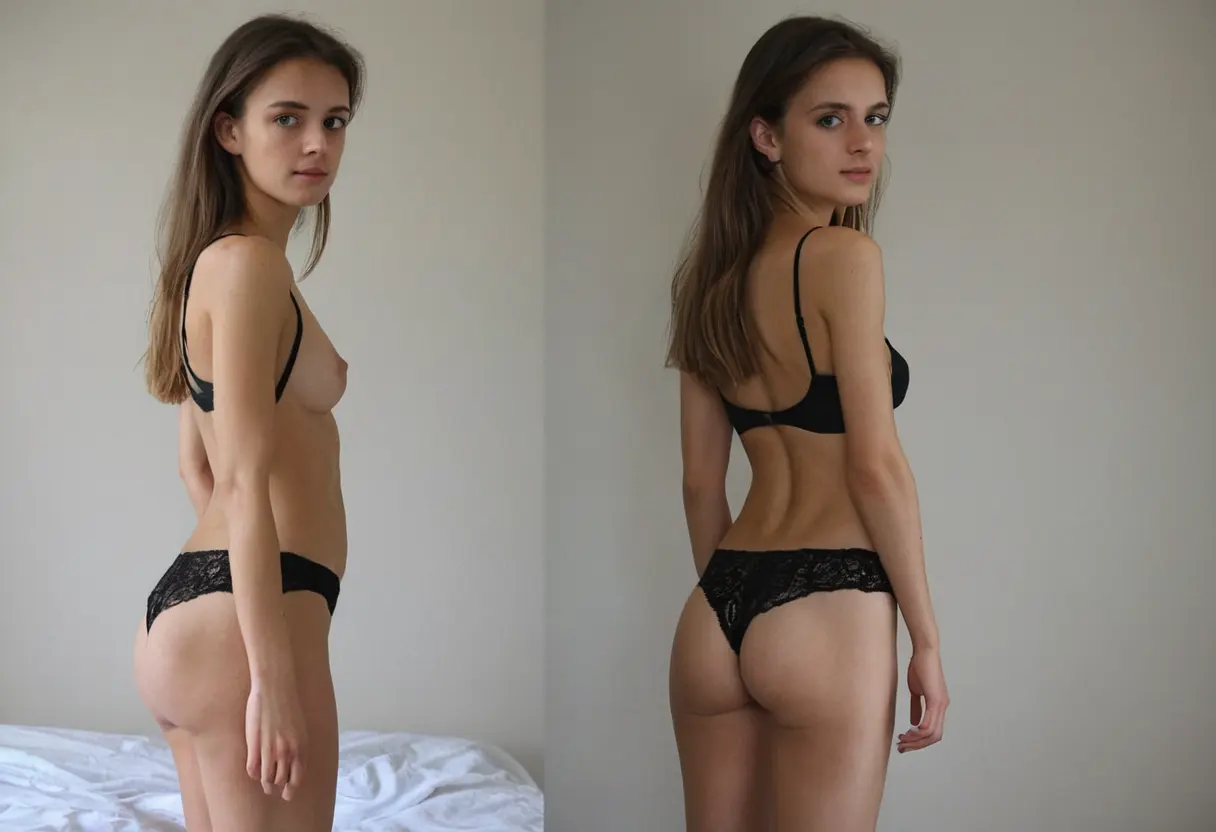
In recent years, artificial intelligence (AI) has brought significant changes to various fields, including image editing. One of the most intriguing advancements in this area is the development of AI picture undress technology. This technology uses machine learning and computer vision techniques to analyze and manipulate images, allowing users to perform actions that were once unthinkable. However, its capabilities have raised ethical concerns about privacy, consent, and potential misuse. This article delves into how AI picture undress technology is revolutionizing image editing while also exploring the privacy challenges it presents.
AI picture undress technology refers to the ability of artificial intelligence algorithms to "remove" clothing from images, creating an illusion of nudity. It uses sophisticated deep learning models that are trained on large datasets of images to predict how a person’s body would look without clothing. This process is typically powered by generative adversarial networks (GANs), which enable AI systems to generate highly realistic images based on the input data.

While this technology has gained attention for its potential in image manipulation and entertainment, it also raises questions regarding its ethical implications, especially when used without consent or for malicious purposes. Despite its controversies, AI undressing technology is a part of the broader trend of AI-driven image editing that is reshaping the digital landscape.

AI picture undress technology has found various applications in both legitimate and controversial areas of image editing. Some of the key applications include:

However, the potential for misuse remains significant. AI undress technology could be exploited to create explicit content without consent, leading to serious concerns about personal privacy and image manipulation.
Despite its potential benefits in legitimate fields, the use of AI picture undress technology brings about serious ethical and legal concerns. The ability to alter images to create realistic depictions of nudity raises several issues:
As a result, lawmakers and privacy advocates are calling for tighter regulations and ethical standards around the use of AI image manipulation tools, emphasizing the need for greater accountability in the digital space.
The use of AI picture undress technology has profound implications for privacy and data security. As AI models require large amounts of data to train effectively, there is an increasing risk that personal images could be exploited. Several privacy concerns include:
To mitigate these risks, developers must implement robust security measures, including data encryption and secure data storage, while also adhering to legal frameworks that protect individual privacy.
The future of AI picture undress technology is both exciting and uncertain. As AI continues to advance, the technology’s capabilities will likely expand, enabling even more sophisticated image manipulation. However, with increased power comes increased responsibility. The following factors will shape the future of AI undressing technology:
AI picture undress technology is undoubtedly revolutionizing the way we approach image editing and digital content creation. Its applications range from enhancing online shopping experiences to pushing the boundaries of digital art. However, the technology also raises significant concerns about privacy, consent, and the potential for misuse. As this technology continues to evolve, it is essential for lawmakers, developers, and society at large to address the ethical challenges it presents. By implementing strong regulations and ethical standards, we can harness the power of AI while protecting privacy and ensuring responsible use.